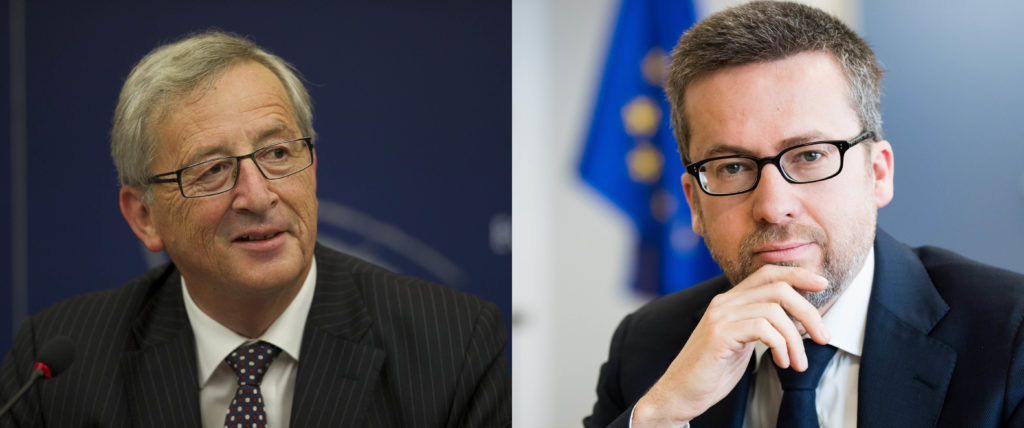
We celebrate the 60th anniversary of the foundation of the current European Union (EU) with the signing of the Treaties of Rome on 25 March 1957. The first six members of the EU sent the ghost of the past to the history books, the one that should not be repeated "never"!
European integration celebrates six decades of achievements in building a common space of peace, freedom and solidarity. This anniversary also marks the beginning of a new chapter: the birth of an EU of 27.
In our changing and uncertain world, this is the right time to renew our vows for a united future. From this long journey of European integration, we must be aware that Europe is not taken for granted: Europe was and Europe will continue to be an option.
A new Europe of 27 must be able to better respond to citizens' expectations. And it is the best opportunity for us to answer together the essential question: which path do we want to follow? We do not have the answer, as it is not up to us to decide for ourselves.
This is the best time for an honest and open debate with everyone about the future. Do we want, or not, to do more like Europe? Do we want, or not, more Union?
It is time to address the gap between what citizens expect of the European Union and what the Union can actually do.
To this end, Jean-Claude Juncker, President of the European Commission, presented a White Paper that invites citizens and governments to debate and analyze five possible paths for the future. If you haven't read it yet, it's a great opportunity to see the various scenarios. Which advantages and consequences do you prefer for yourself and your children?
I summarize the five scenarios here. We can continue as we have done so far, focusing all our energy on solving the big problems, completing the internal market and the digital single market, and creating an energy union, a capital markets union and a union of energy. defense.
We could also decide to create an EU of 27 focused exclusively on the Single Market, although the current EU is much more than a market for goods and capital. A third scenario would be to allow certain Member States to move more quickly in some areas already covered by the Treaties, leaving the possibility for others to follow them when they are ready.
Today, this scenario is already a reality, for example with several groups of countries ready to create an EU patent court, harmonize their national divorce laws or create a European Public Prosecutor's Office to combat budget fraud of the EU.
These examples of enhanced cooperation demonstrate that it is not necessary for us all to move at the same speed, as long as we are heading in the same direction. Another possibility would be an EU of 27 that decides to do more with 'less', and choose a small number of areas in which to act together with real added value.
Finally, Member States could also decide to share more power and resources and take more decisions collectively in all areas. These five scenarios are all achievable. And they must now be debated in national parliaments, governments, civil society and among citizens. But in reality, it is even likely that a new sixth scenario for the future of Europe is to be glimpsed.
With the scenarios clearly on the table, join in this conversation. The path we choose will change yours, our lives. Let us raise a toast to 60 years of the European Union, but above all, a toast to the future. To our future!
Authors: Jean-Claude Juncker, President of the European Commission, and Carlos Coins, European Commissioner for Research, Science and Innovation


















Comments